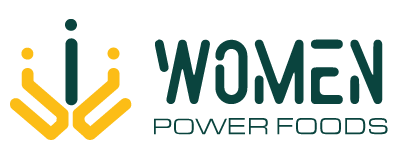Our Mission is to globally develop structural integrity and sustainability in today’s fragmented regional food systems so that we can deliver nutritional and affordable food security solutions while enabling gender equality.
Achieve food security by improving nutrition and sustainable agriculture
Food security = National security. After decades of steady decline, the number of people who suffer from hunger – as measured by the prevalence of undernourishment – began to increase again in 2015. Current estimates show that ~ 800 million people are hungry (10 percent of the world population!) – up by 60 million people in one year and by nearly 170 million in five years.
The COVID-19 pandemic and Ukraine War will put an additional 100 million people (an alarming number being children!) at risk of suffering from acute hunger and malnutrition by the end of 2022.
If recent trends continue, the number of people severely impacted would surpass one billion by 2030.
Achieve gender equality by empowering women (their dignity through intellectual and financial development)
Gender equality is not only a fundamental human right, but a necessary foundation for a peaceful, prosperous and sustainable world.
While there has been some progress over the last few decades – More girls are going to school, fewer girls are forced into early marriage, more women are serving in parliament and positions of leadership – many challenges remain: discriminatory laws and social norms remain pervasive, women continue to be underrepresented at all levels of political leadership, and 1 in 5 women and girls between the ages of 15 and 49 report experiencing physical or sexual violence.
Our three primary Sustainability levers to achieve our Mission are:
Ensure sustainable consumption and production patterns
Strive for sustainably sourced key commodities such as palm oil, soy, eggs, chicken, seafood, paper, pulp and beef.
Increase energy efficiency and sustainability across the food supply chain including sourcing, production, processing, packaging and logistics.
Reduce food and solid waste through innovation, in collaboration with other stakeholders including suppliers, enterprise customers and end consumers, retailers and governments.
Reduce packaging and increase recycling.
Reduce water consumption in food production process.
Raise consumer awareness of the importance of sustainable consumption and practical approaches.
Take urgent action to combat climate change and its impacts
Support farmers to develop more climate resilient agriculture.
Support innovative solutions to address food security for a growing world population.
Where communities surrounding a production facility have limited access to water, integrate community access to water within production facility design.
Design and implement natural disaster risk mitigation, preparedness, response and recovery plans across food value chains in high risk locations.
Eliminate agriculture driven deforestation and implement sustainable land-use commitments.
Ensure access to affordable, reliable, sustainable and modern energy for all
Design consumer food products which lower consumer energy use.
Generate energy from food no longer fit for Consumption.
